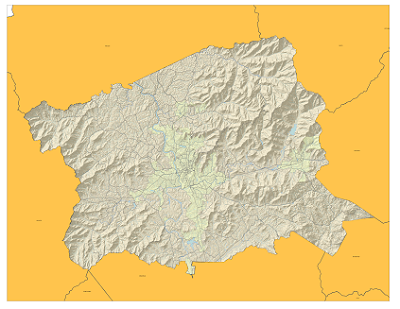
I found an index of the state road numbers along with their local names on the DOT website. The file came in an Excel file and after some data clean-up, I was able to join the DOT data with the NC Bike Routes Data. There are still some issues with labeling that I am trying to work out. The join did not carry over routes that had no local names. I am working to create an if/then statement to clean up the labels a little more, but have been running into problems selecting null values. Unfortunately, I've burned up a bit of time in trying to get the bike route labels right, so I am not sure what else I will be labeling yet.




